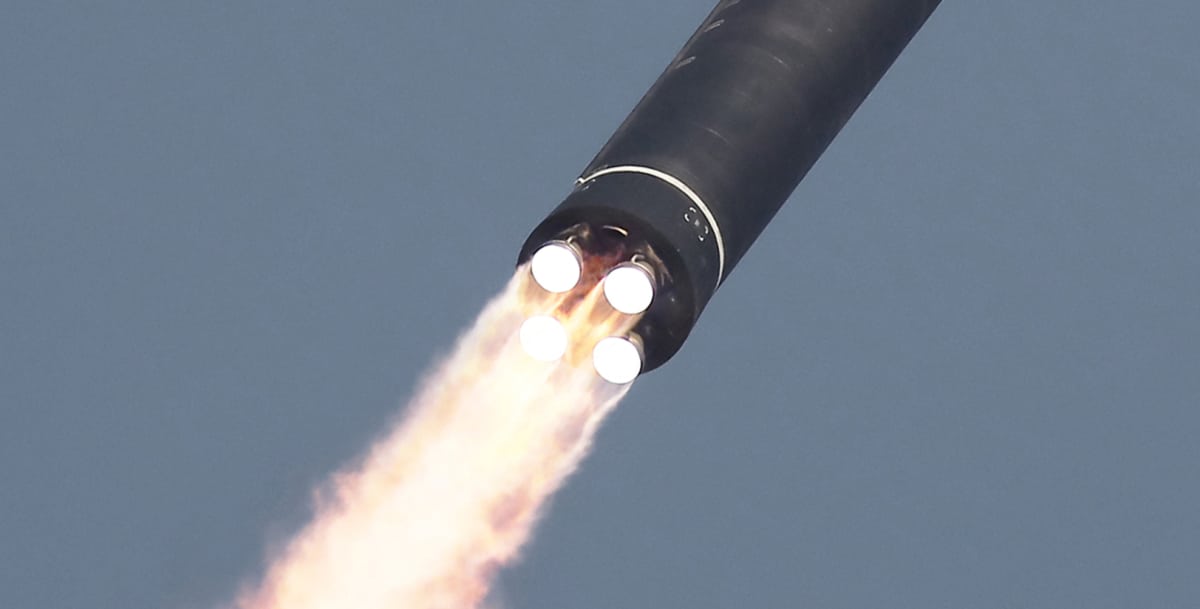Despite its charter mandate to develop systems for defeating missile threats in all phases of flight, the Missile Defense Agency’s (MDA) program efforts focus almost exclusively on intercepting ballistic missiles in their midcourse and terminal phases. While the United States has attempted to realize several boost-phase defense systems, none have made it past the developmental stage. Yet the post-2017 demonstrations of North Korean intercontinental ballistic missile (ICBM) capability have reinvigorated questions about how the United States can improve its homeland missile defense. Likewise, the growing complexity of North Korean and Iranian missile threats has prompted a renewed interest in such an architecture. Boost-Phase Missile Defense: Interrogating the Assumptions provides a fresh assessment of key issues related to boost-phase defense, including the ways missile threats are evolving and broader technological trends. It examines prior boost-phase programs for lessons learned, reviews prior studies, and analyzes potential pathways towards realizing a boost-phase missile defense layer to defend the U.S. homeland.
